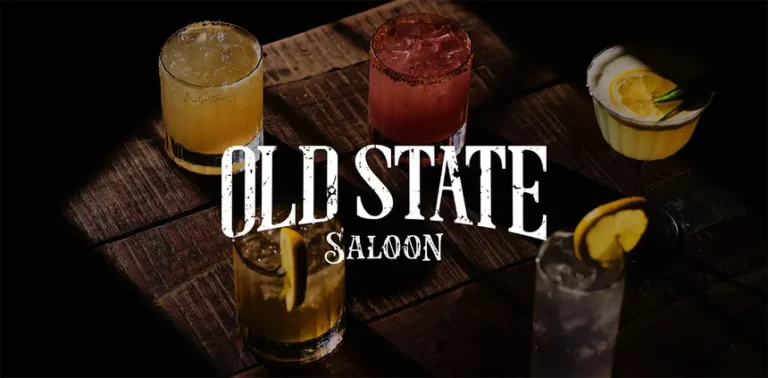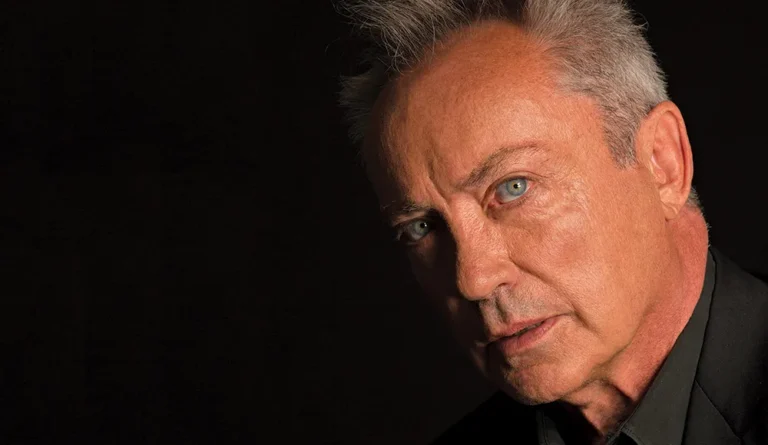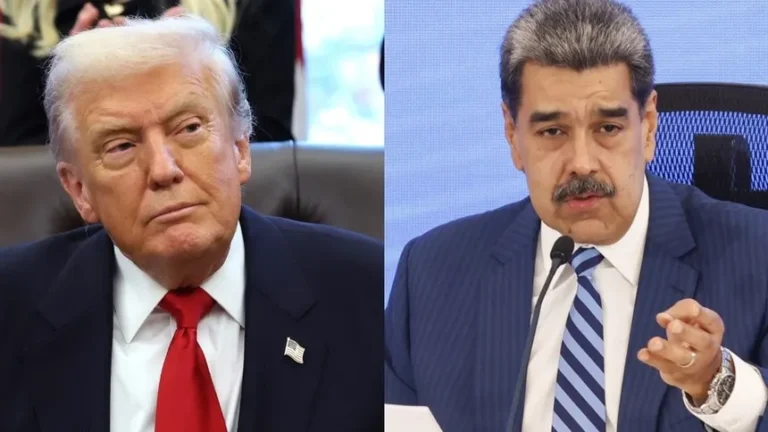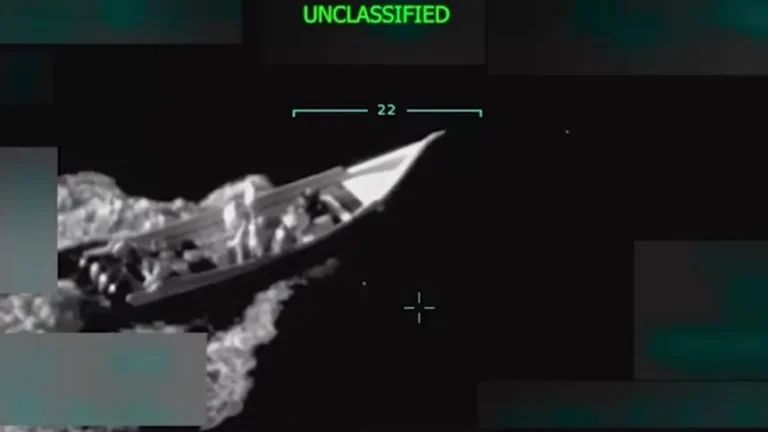
Prisoner handcuffed to death by lethal injection, vial with sodium thiopental and syringe on top of a table, conceptual image
Court Orders Greater Transparency in Idaho Executions
BOISE, Idaho — A federal court has ruled that Idaho must allow media witnesses to observe the full process of executions by lethal injection, including the preparation and administration of the drugs.
U.S. District Judge Debora Grasham issued the order Tuesday, stating that the public has a constitutional right to witness all critical steps in the execution of death row inmates. The ruling comes as part of an ongoing First Amendment lawsuit filed by multiple news outlets, including the Associated Press, The Idaho Statesman, and East Idaho News.
The lawsuit argues that Idaho’s existing protocol, which conceals drug preparation from public view, violates press freedoms by limiting meaningful oversight of the state’s most serious punishment.
Judge Cites First Amendment in Ruling
In her decision, Judge Grasham emphasized that the issue is not a referendum on capital punishment but rather on the public’s right to government transparency.
“This case concerns not only Idaho’s execution procedures but also the public’s First Amendment right of access to the administration of the most severe penalty imposed by our state,” Grasham wrote.
She noted that historically, executions in the U.S.—including methods such as hanging—were fully visible to witnesses. Today, journalists serve as representatives of the public during such events, tasked with reporting on the process.
Current Policy Conceals Key Steps
Under Idaho’s existing rules, witnesses are permitted to view the condemned inmate entering the execution chamber, being secured to the gurney, and receiving the lethal injection. However, they are not allowed to see the preparation or actual administration of the drugs, which occurs in a separate, closed-off room.
Judge Grasham found that this limitation prevented meaningful public oversight.
“The court struggles to think of a more vital step of the execution process than the actions taken by the medical team,” she wrote.
She rejected the state’s argument that concealing this part of the process was necessary to protect the identities of those involved. According to the court, staff could wear face coverings, gloves, or hats—precautions already used by others visible during executions.
Broader Context and Legal Precedent
The ruling aligns with a previous decision from the Ninth Circuit Court of Appeals in 2012, which required Idaho to allow the press to view the early stages of lethal injections, including the insertion of IV lines.
Idaho has carried out three lethal injections since the 1970s. A fourth attempt was called off last year when medical personnel failed to establish an IV line after multiple attempts during the scheduled execution of Thomas Eugene Creech.
In response, Idaho lawmakers passed legislation this year to authorize firing squads as the state’s primary execution method starting in 2026.
National Overview
According to the Death Penalty Information Center, 27 U.S. states authorize capital punishment, though many have halted executions or have no active death row cases. Policies on execution transparency vary widely, with some states allowing full viewing and others restricting access significantly.




